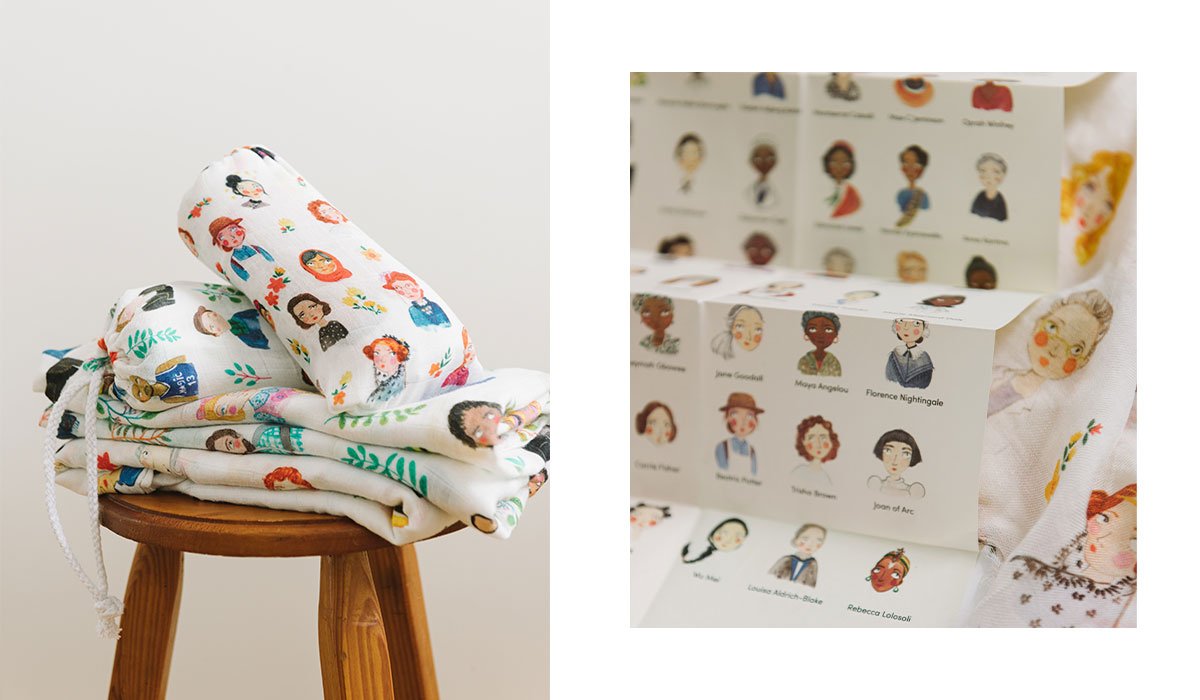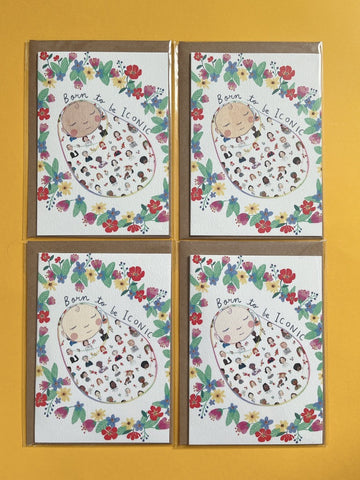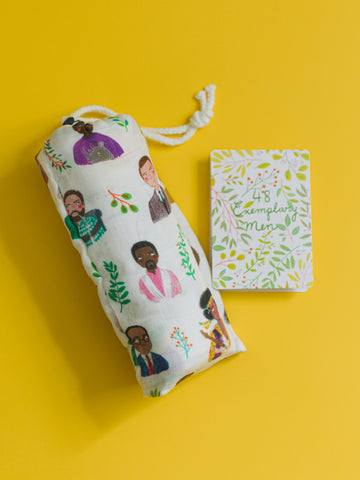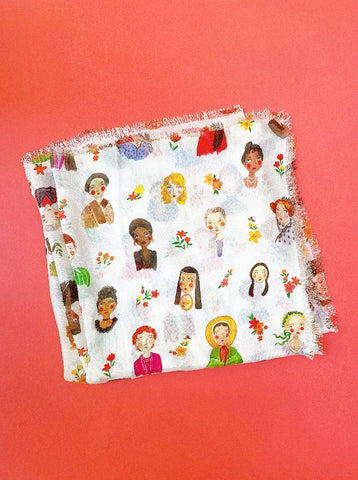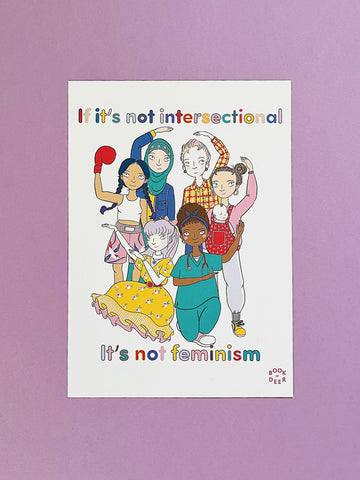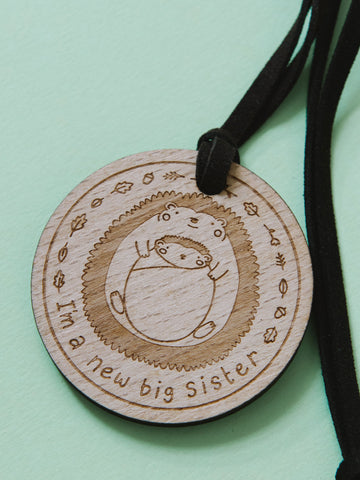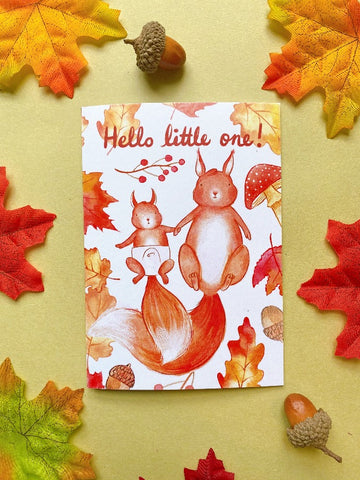£22.00
£38.00
£1.50
£4.50
£1.00
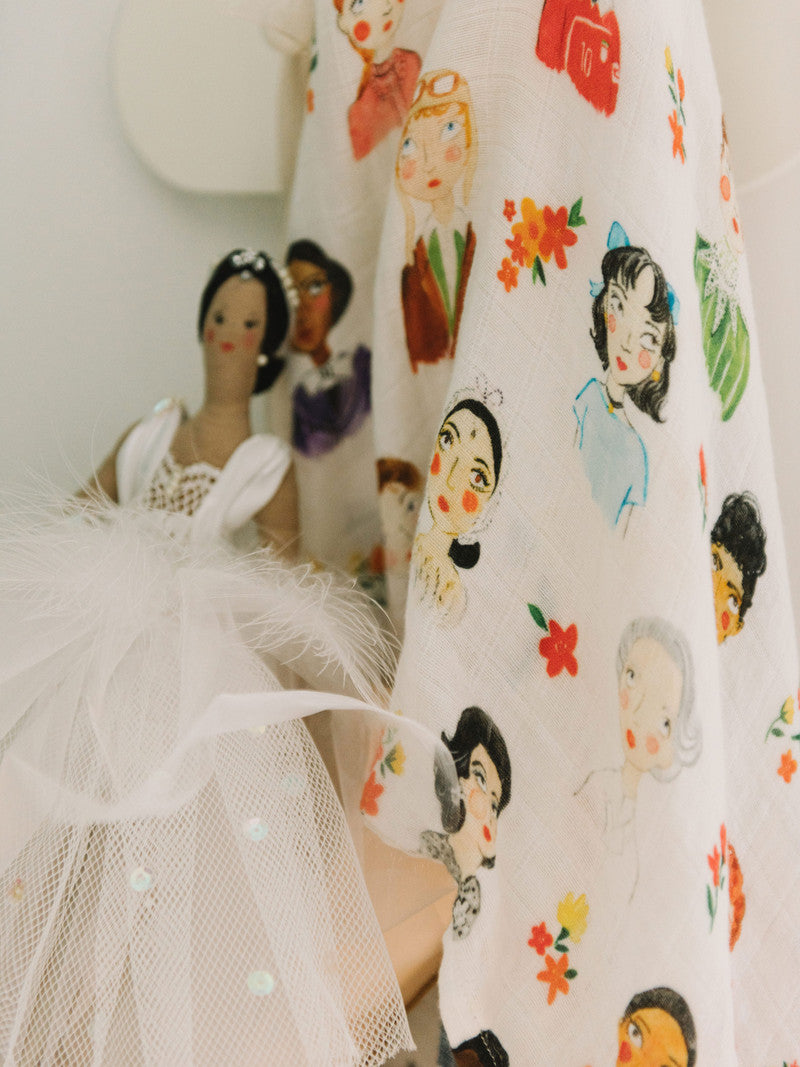
The Iconic Women Swaddle
This soft and snuggly muslin swaddle is the perfect gift for a new baby or mum to be. The blanket features a beautiful print of 96 iconic women from history, including activists, artists, scientists and leaders. It is the perfect size for swaddling, can be used as a comforter or displayed in a nursery.
With this blanket, your child will grow up surrounded by the stories of inspiring women who have made a difference in the world.
Features:
Soft and snuggly cotton/bamboo fabric
Machine-washable
Perfect size for swaddling
Beautiful hand-drawn print
Order your Iconic Women Swaddle Blanket today and help inspire the next generation of feminists!
With this blanket, your child will grow up surrounded by the stories of inspiring women who have made a difference in the world.
Features:
Soft and snuggly cotton/bamboo fabric
Machine-washable
Perfect size for swaddling
Beautiful hand-drawn print
Order your Iconic Women Swaddle Blanket today and help inspire the next generation of feminists!

